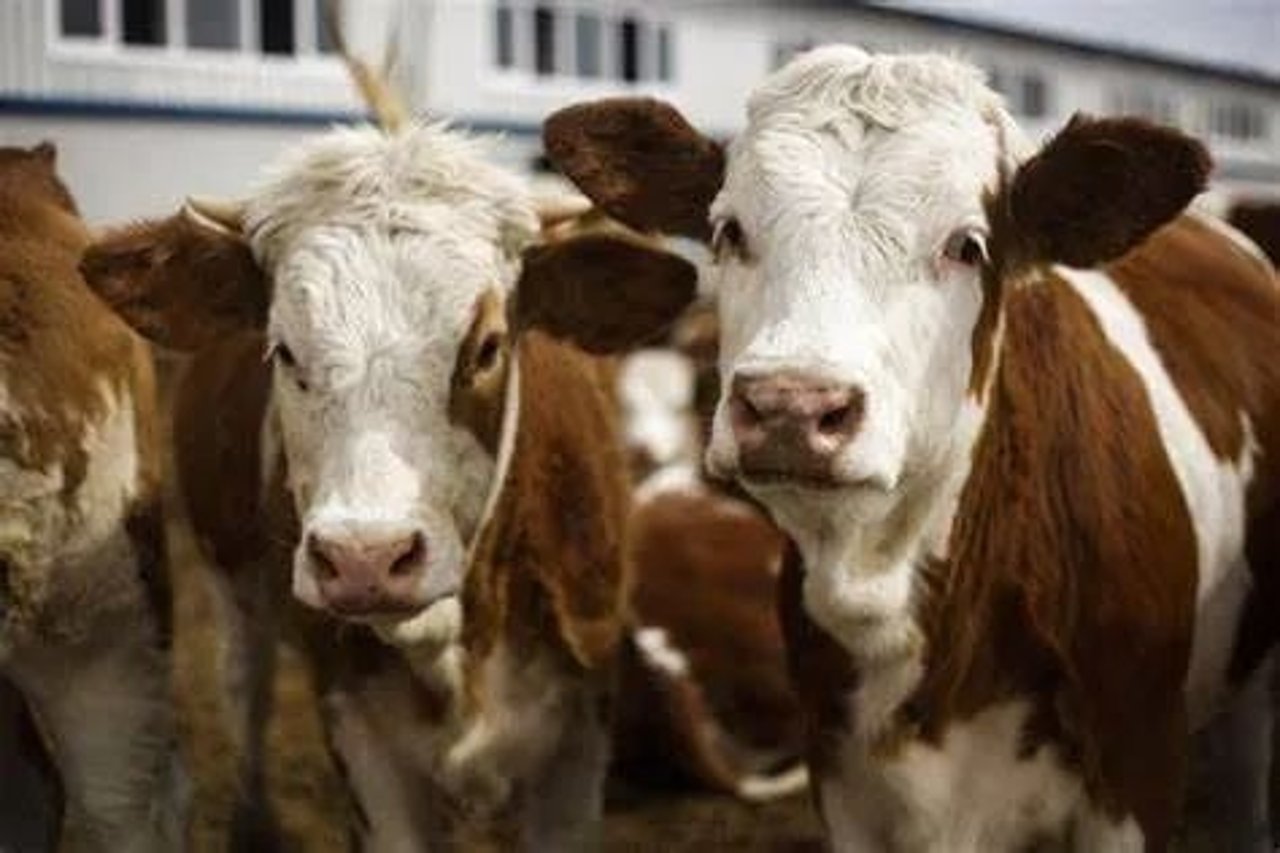
Exploring the World of Animal Skin Products: Ethics, Sustainability, and Fashion
Introduction:
Animal skin products have been used by humans for centuries, serving as materials for clothing, accessories, upholstery, and luxury goods. From leather shoes and handbags to fur coats and exotic skins, these products have long been prized for their durability, aesthetic appeal, and luxurious texture. However, the production and use of animal skin products raise ethical, environmental, and sustainability concerns that have sparked debates and controversies in recent years. In this blog, we’ll explore the world of animal skin products, examining the ethical considerations, sustainability challenges, and evolving trends in the fashion industry.
1. Ethical Considerations:
The use of animal skin products raises ethical considerations related to animal welfare, cruelty, and exploitation. Many consumers and advocacy groups argue that the production of leather, fur, and exotic skins involves the suffering and mistreatment of animals, including confinement, stress, injury, and inhumane slaughter practices.
In response to these concerns, ethical fashion brands and consumers are increasingly seeking alternatives to animal skin products, opting for cruelty-free and vegan materials such as synthetic leather, plant-based textiles, and recycled materials. Additionally, certifications such as the Leather Working Group (LWG) and the Responsible Down Standard (RDS) aim to promote transparency and accountability in the leather and down industries, ensuring that animal skins are sourced from suppliers that adhere to strict animal welfare standards.
2. Environmental Impact:
The production of animal skin products has significant environmental impacts, including deforestation, habitat loss, water pollution, and greenhouse gas emissions. Livestock farming for leather and fur production requires vast amounts of land, water, and feed resources, leading to deforestation, soil degradation, and biodiversity loss in many regions.
Furthermore, tanning and processing animal skins into leather involve chemical treatments, energy-intensive processes, and waste generation, contributing to air and water pollution and posing risks to human health and ecosystems. To mitigate these environmental impacts, sustainable fashion brands are exploring alternative materials and production methods that minimize resource consumption, waste generation, and pollution levels.
3. Sustainability Challenges:
Achieving sustainability in the production of animal skin products poses significant challenges related to resource management, supply chain transparency, and social responsibility. Many animal skin products are sourced from countries with lax environmental and labor regulations, where workers may be exposed to hazardous chemicals, unsafe working conditions, and low wages.
To address these challenges, stakeholders in the fashion industry are increasingly adopting sustainable sourcing practices, promoting traceability and transparency in their supply chains, and investing in ethical and environmentally friendly production methods. Sustainable certifications such as the Global Organic Textile Standard (GOTS) and the Forest Stewardship Council (FSC) help consumers identify products that meet rigorous environmental and social criteria, supporting responsible sourcing and production practices.
4. Evolving Trends in Fashion:
The fashion industry is experiencing a shift towards more sustainable and ethical practices, driven by changing consumer preferences, regulatory pressures, and increasing awareness of environmental and social issues. As a result, fashion brands and designers are exploring innovative materials and production techniques that minimize the environmental footprint of their products while meeting consumer demand for style, quality, and affordability.
Alternative materials such as plant-based textiles, recycled fibers, and bio-based materials offer promising alternatives to animal skin products, providing consumers with cruelty-free and eco-friendly options that align with their values and preferences. Additionally, technological advancements such as 3D printing, lab-grown leather, and biofabrication hold the potential to revolutionize the fashion industry, offering sustainable alternatives to traditional animal skin products.
Conclusion:
The production and use of animal skin products raise complex ethical, environmental, and sustainability concerns that require careful consideration and thoughtful action from all stakeholders in the fashion industry. While animal skin products have long been prized for their durability, luxury, and aesthetic appeal, the ethical and environmental costs associated with their production cannot be ignored.
Moving forward, the fashion industry must prioritize transparency, accountability, and innovation to address these challenges and promote more sustainable and ethical practices. By investing in sustainable sourcing, production, and materials, fashion brands can reduce their environmental footprint, improve supply chain transparency, and meet consumer demand for ethical and eco-friendly products. Ultimately, by embracing sustainability and ethics, the fashion industry can create a more responsible and inclusive future for fashion that respects the welfare of animals, protects the environment, and benefits society as a whole.

